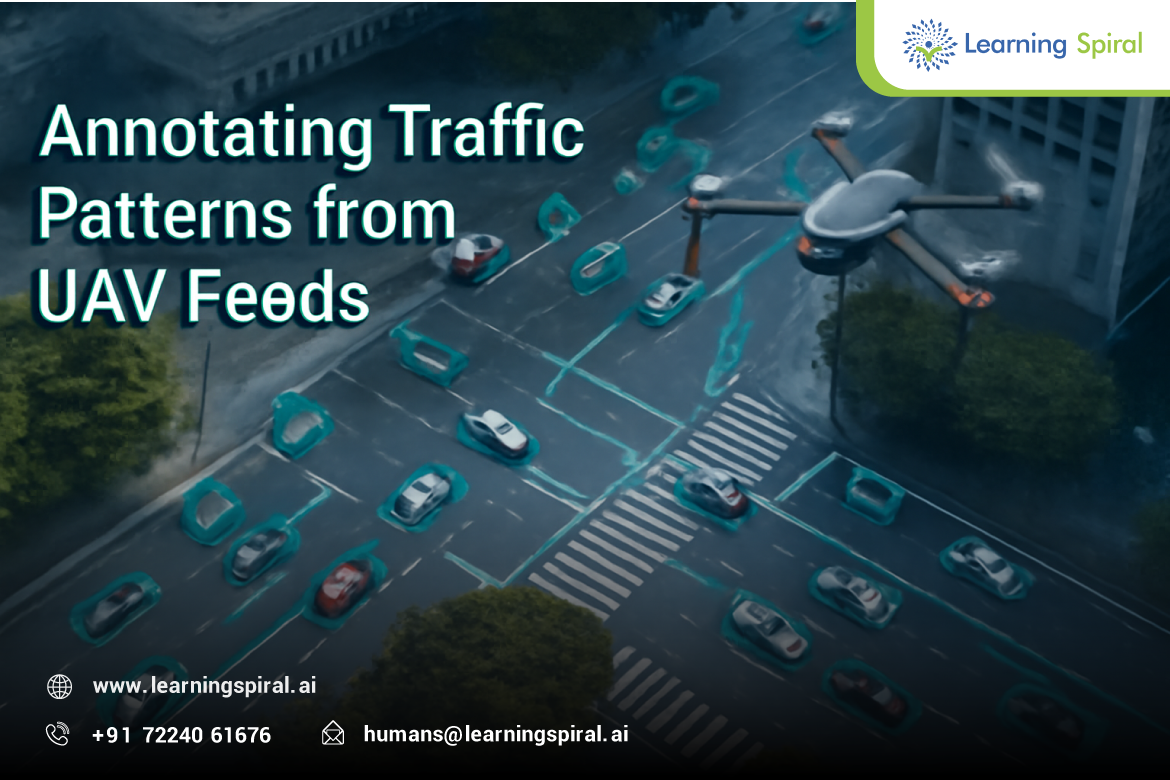Artificial Intelligence, popularly known as AI, is rapidly transforming our world, driving innovation across various sectors. What’s unbeknownst to most is that the development of powerful AI models relies heavily on a crucial but often unseen process – image annotation.
This meticulous process of tagging images with information allows machines to “learn” and recognize patterns, forming the foundation for AI applications like facial recognition, self-driving cars, and medical image analysis.
Traditionally, image annotation was a resource-intensive task, requiring specialized skills and access to expensive tools. This limited the development of AI models to large corporations and research institutions with the necessary infrastructure.

However, the rise of image annotation services and advancements in technology are creating a more democratic landscape for AI development. Here’s how image annotation is empowering a wider range of players to contribute to the AI revolution:
1. Lowering the Barrier to Entry:
Image annotation platforms are becoming more user-friendly and accessible. Cloud-based solutions eliminate the need for expensive software licenses, allowing individuals and smaller companies to participate in image annotation projects.
These platforms often provide intuitive interfaces and streamlined workflows, making it easier for people with limited technical expertise to contribute quality data.
2. Crowdsourcing and Microtasking:
The emergence of crowdsourcing platforms allows for the distribution of image annotation tasks among a global workforce. This enables businesses to access a larger pool of talent, ensuring greater diversity and flexibility in data collection.
Additionally, the concept of microtasking breaks down larger annotation projects into smaller, manageable tasks, allowing individuals to contribute their time and skills on a flexible basis.
3. The Rise of Citizen Science:
Citizen science initiatives are leveraging image annotation to engage the public in AI development. These projects invite volunteers to contribute their time to labeling images for scientific research or social good applications. This not only empowers individuals to participate in the advancement of AI but also contributes to the creation of valuable datasets for specific research areas.
4. Democratization of Data Ownership:
Previously, large tech companies often held exclusive ownership of labeled datasets, hindering innovation by limiting access for others. However, the rise of open-source image annotation platforms allows for the creation and sharing of labeled datasets publicly. This fosters collaboration and knowledge sharing within the AI community, allowing smaller players to leverage existing data resources to develop their own AI models.
Challenges and Considerations:
While image annotation offers exciting possibilities, challenges remain. Ensuring data quality is paramount, and robust training and quality control measures are crucial to prevent biases and errors in the labeling process. Additionally, ethical considerations regarding data privacy and fair treatment of crowdsourced labor need to be addressed.
The Future of Democratized AI:
Despite the challenges, the trend of democratized AI development through image annotation is accelerating. As technology continues to improve and platforms become more user-friendly, we can expect a wider range of individuals and organizations to participate in building the next generation of AI solutions.
This democratization holds immense potential to foster innovation across various industries, leading to the development of more inclusive, efficient, and impactful AI applications.
Conclusion:
Image annotation, once a specialized task, is transforming into a powerful tool for democratizing AI development. By lowering the barrier to entry, fostering collaboration, and promoting knowledge sharing, image annotation is empowering individuals and organizations to contribute to the future of AI.
As this trend continues, we can expect to see a surge in innovation and the creation of AI solutions that benefit society as a whole.






